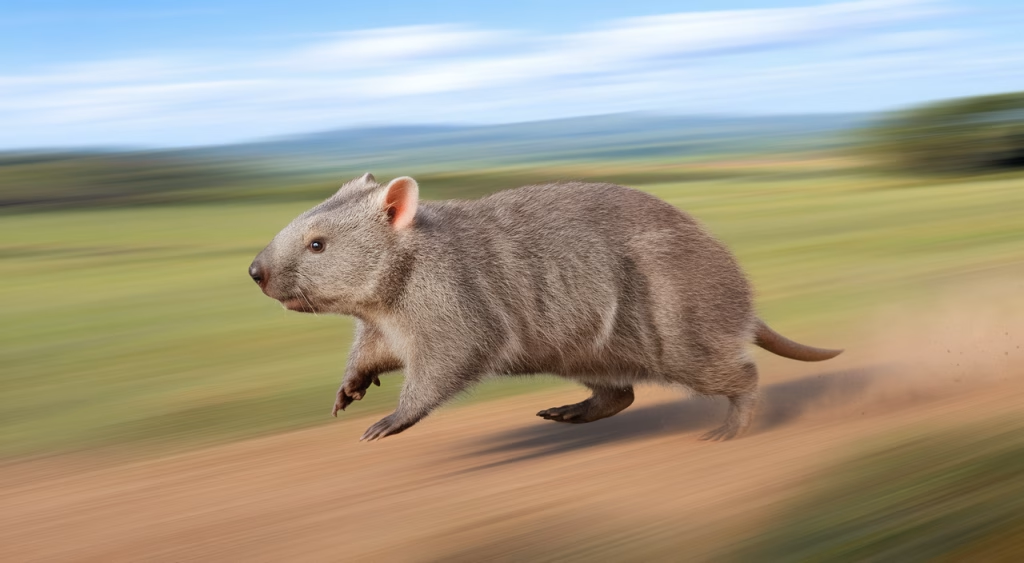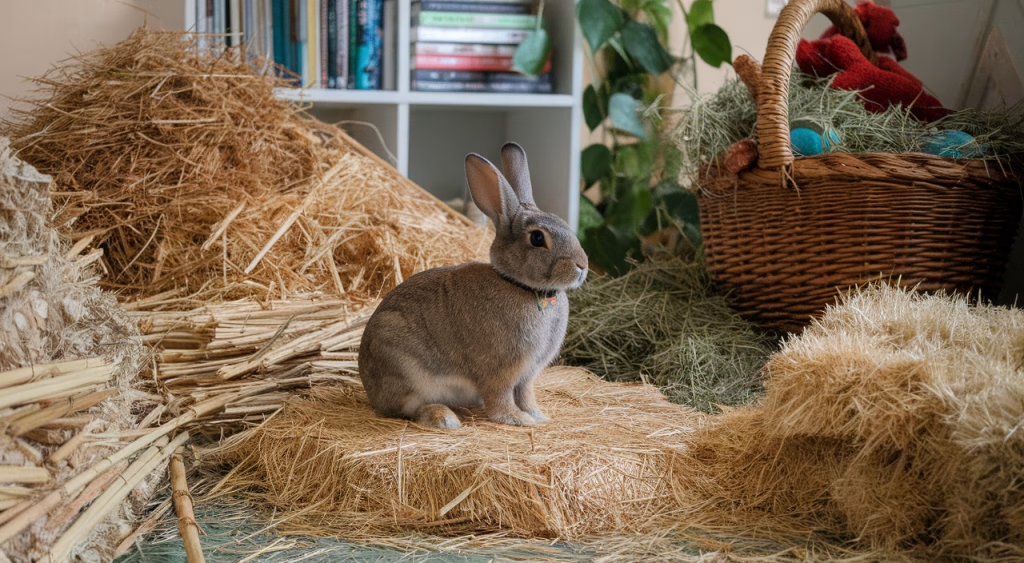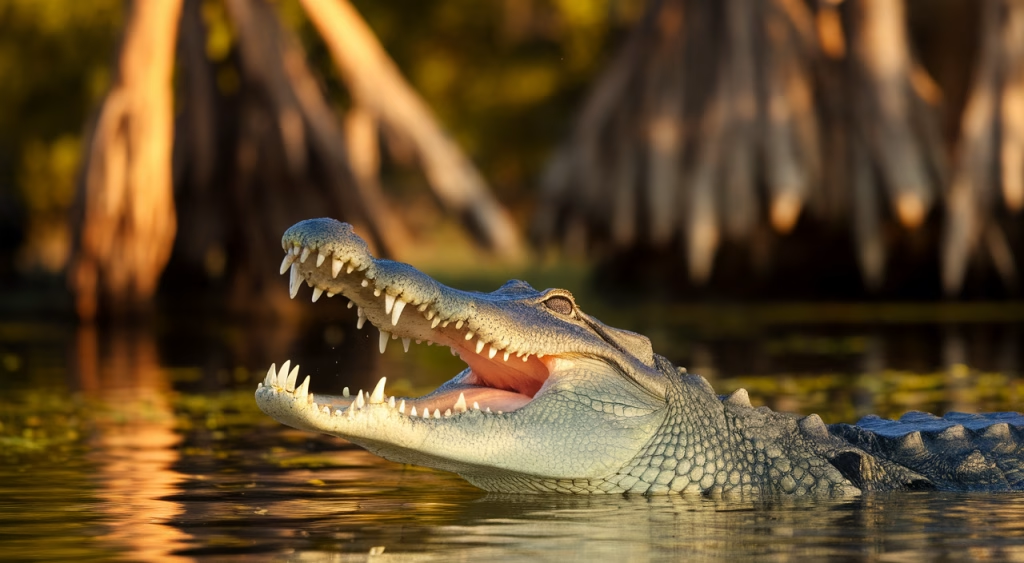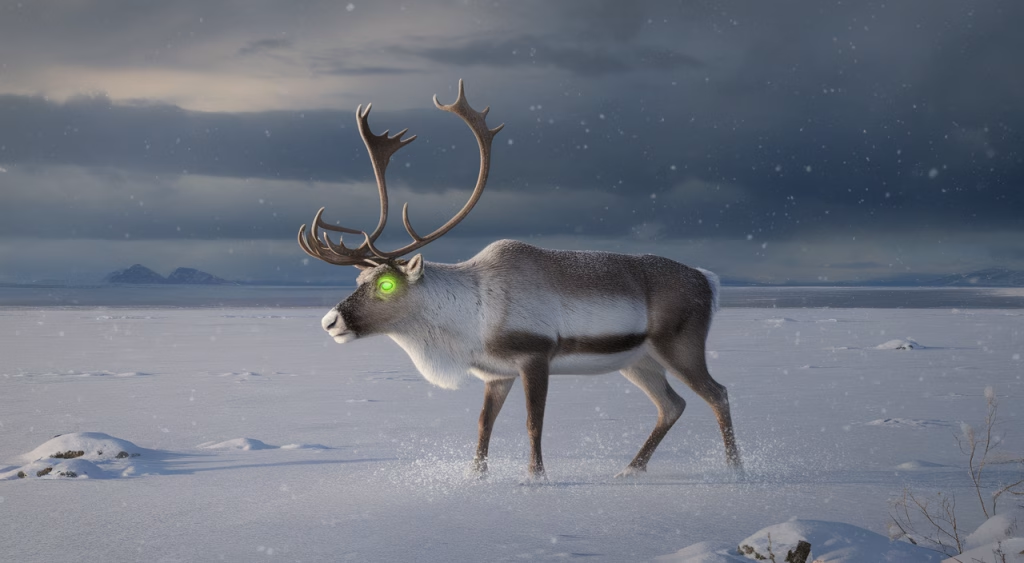Why Wombats Run Fast: Surprising 25 MPH Speed Facts & Survival Secrets
Why do wombats run fast? To many, wombats are cuddly, fuzzy burrowers—napping in tunnels and waddling through eucalyptus groves. But what might surprise you is their shocking speed. When threatened, wombats can peel off at up to 25 mph (40 km/h)—a pace that leaves some predators stumbling in the dust. In this article, we’ll break down the adaptations that give rise to wombats’ speed, explore their behavior under threat, and show how evolution turned these deceptively chubby critters into compact tanks with the acceleration of a greyhound. Plus, you’ll learn what ongoing wombat conservation efforts can teach us about preserving native wildlife under pressure. Let’s dive into the wildly unexpected world of wombat agility—where being cute doesn’t mean slow and cuddly doesn’t mean helpless.




